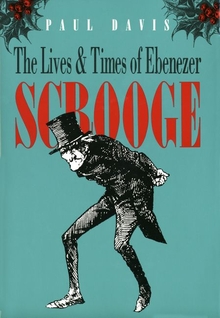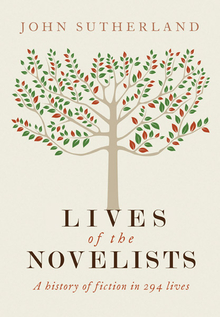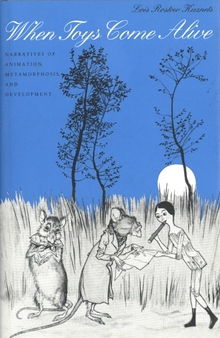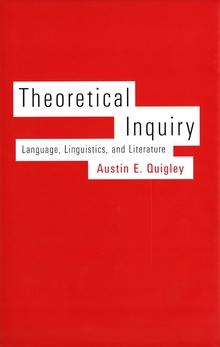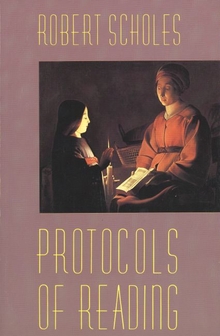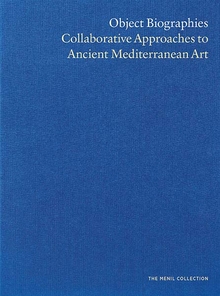The Lives and Times of Ebenezer Scrooge
WARNING
You are viewing an older version of the Yalebooks website. Please visit out new website with more updated information and a better user experience: https://www.yalebooks.com
Paul Davis
"Author Paul Davis has done an astonishing job of tracing the almost countless ways in which the character of Scrooge has entered the lives of one generation after another. . . . [It] is a work of scholarship. . . . It’s written in a lively style, is well supplied with period illustrations and should be fun to read for anybody who has enjoyed A Christmas Carol. No humbug here."—Herbert Kupferberg, Parade Magazine
"Many excellent illustrations . . . spritely texts and thorough footnotes."—Nicholas A. Basbanes, Datebook
"Davis has done a fairly heroic amount of work and has some smart things to say. . . . Large, handsome design and a wealth of interesting, pertinent illustrations. . . . What it all boils down to is that A Christmas Carol is that rare and precious thing, a story for the ages; like other such stories—the Bible, the dramas of ancient Greece, the plays of Shakespeare—becomes a distinct and different entity in each age."—Jonathan Yardley, Washington Post
"Davis considers a great many works, some of them in detail, to make his points. This diversity gives the books its substance. . . . Lives and Times also makes its argument through the illustrations, cartoons and photographs that the volume richly supplies."—Gerald Weales, Smithsonian
"Although it was written by an actual historical person, Charles Dickens, A Christmas Carol has taken on the character of a myth or legend or folk narrative. . . . The Lives and Times of Ebenezer Scrooge, by Paul Davis, is an informative and entertaining account of this remarkable phenomenon. . . . It is the admirable virtue of Davis’ book that it gives us a vivid account of so many of these multiple reincarnations. [This book] also is illustrated plentifully with plates both from the history of the story’s publication as a book and from films and other media. As this holiday season rolls around, one could do much worse than give this chronicle of Scrooge’s lives and times as a present."—Steven Marcus, Newsday
"Lavishly illustrated and chattily written, [this book] offers a fascinating combination of scholarship and anecdote. . . . Davis’ lucid text is festooned with illustrations, including charming pictures from various editions of the novel, stills from motion pictures and Scrooge-inspired political cartoons."—Pauline Mayer, The Cleveland Plain Dealer
"An interesting survey."—Peter Ackroyd, The Times Saturday Review
"This excellent, multilayered analysis of Dickens’ A Christmas Carol (1843) and its myriad adaptations, interpretations, and reinterpretations illustrates that the classic story was ’only the beginning of the larger culture-text of the Carol written over the last century and a half and still being written today.’. . . . He informs his own text with special effectiveness through iconographical examples. . . . Through this insightful study readers will learn almost as much about British and American life since 1843 as they will about the mutations of Dickens’s Carol."—Choice
"Davis’ view that the culture-text of the Carol has passed through six broad phases is a fascinating one. . . . Davis works with a juggler’s skill, pleasant to watch as he sorts one phase from the other, sometimes amusing, and often surprising. In the second half of the book particularly, where the emphasis shifts to twentieth-century America and the heterogenous post-war years, Davis is deft."—A. W. Masters, Times Literary Supplement
"A most interesting investigation. . . . There is considerable fascination here. . . . Davis is sensitive to the strong visual impression made by the work."—Anthony Curtis, Financial Times
"[A] lively and entertaining study. . . . Davis has drawn on virtually every 'noteworthy' version of the story, from books, plays, and movies to cartoons and comic books—even Scrooge McDuck makes an appearance! One of the joys of reading this work is the rediscovery of versions of A Christmas Carol that one had earlier known and forgotten. Another joy is the book’s numerous illustrations, including pictures, political cartoons, and even movie stills. Anyone interested in the figure of Charles Dickens will find much of interest here, including Dickens’ efforts to protect both his financial interests and the integrity of his story from a long string of pirated editions. . . . This book is perfect reading for the holiday season, but it is surely not limited to that. It contains year-round food for thought as it illustrates the way literature—and perhaps much else—is transformed to reflect the values and concerns of society at any given time."—Barbara Scotto, Wilson Library Bulletin
"Davis . . . pioneer[s] a new critical genre: the cultural reception-history of the modern myth that got away. (If comparable studies on Don Quixote, Robinson Crusoe, and Alice in Wonderland aren’t in preparation, they should be.) Davis’s lively and thoughtful account shows how quickly A Christmas Carol escaped Dickens’s control to become a public property. . . . It’s well enough researched and thought through to warrant space in the study."—Herbert F. Tucker, Studies in English Literature
"There is some solid literary analysis in this volume along with a great deal of social history. The Lives and Times of Ebeneezer Scrooge is partly serious scholarship, partly tongue-in-cheek, but it is entirely a delightful book."—J. Don Vann, Nineteenth-Century Literature
"Brilliantly conceived, formidably well researched and written with vivacity and critical acumen. . . . The range of this book is most impressive, as is its grasp of cultural history. It is attractively produced, with nearly 100 illustrations, and there is a chronological list of ’Noteworthy Versions’ of the Carol. The list itself makes remarkable reading. . . . The afterlife of Dickens’s story seems more potent than ever. No serious - or even frivolous - student of the Carol can afford to ignore this book. Much the same recommendation could be made to any student of cultural history."—M.Y.A., The Dickensian
Publication Date: August 29, 1990
89 b/w illus.

